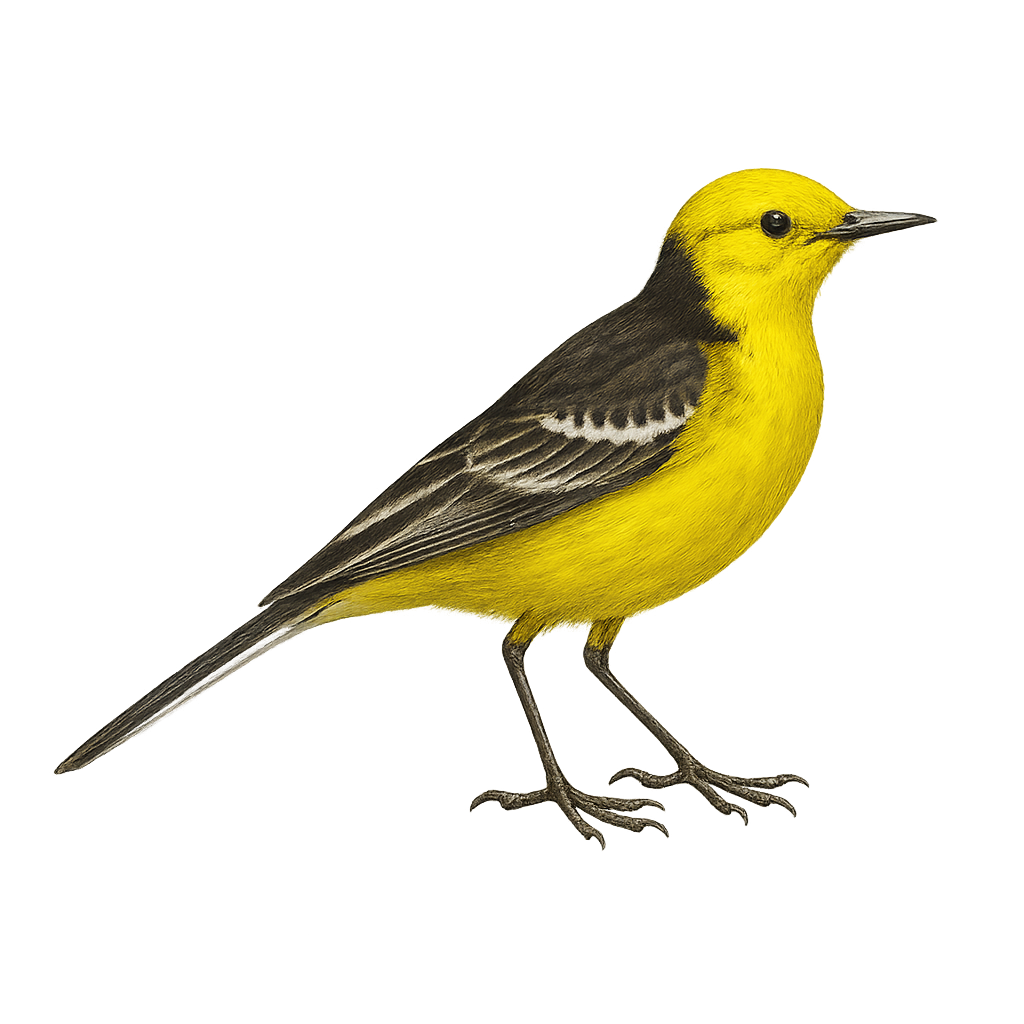Your wildlife photography guide.
Explore the citrine wagtail in detail, study its behavior, prepare your shots.
Where to observe and photograph the citrine wagtail in the wild
Learn where and when to spot the citrine wagtail in the wild, how to identify the species based on distinctive features, and what natural environments it inhabits. The WildlifePhotographer app offers tailored photography tips that reflect the citrine wagtail’s behavior, helping you capture better wildlife images. Explore the full species profile for key information including description, habitat, active periods, and approach techniques.
Citrine Wagtail
Scientific name: Motacilla citreola

IUCN Status: Least Concern
Family: MOTACILLIDAE
Group: Birds
Sensitivity to human approach: Suspicious
Minimum approach distance: 10 m
Courtship display: May to July
Incubation: 12-14 jours
Hatchings: May to July
Habitat:
wetlands, meadows, riverbanks
Activity period :
Primarily active during the day, with peak activity in the morning and late afternoon.
Identification and description:
The Citrine Wagtail, or Motacilla citreola, is an elegant and colorful bird belonging to the Motacillidae family. It is distinguished by its bright yellow plumage on the belly and chest, contrasting with a gray back and a black head in males during the breeding season. Females and juveniles display duller shades, with gray and brown hues. This bird is often found in wetlands, meadows, and riverbanks, where it primarily feeds on insects and small invertebrates. A migratory species, the Citrine Wagtail breeds mainly in Central Asia and migrates to South Asia for the winter. Its characteristic gait, marked by a tail-wagging movement, makes it easily identifiable.
Recommended lens:
400 mm – adjust based on distance, desired framing (portrait or habitat), and approach conditions.
Photography tips:
To photograph the Citrine Wagtail, it is advisable to use a telephoto lens of at least 400mm to capture detailed images without disturbing the bird. Look for wetlands or meadows where it is active, especially in the morning or late afternoon when the light is soft. Be patient and discreet, wearing neutral-colored clothing to blend into the environment. Favor a slow and silent approach to avoid scaring it away. Take advantage of moments when it is feeding or interacting with its environment to get dynamic and natural shots.
The WildlifePhotographer App is coming soon!
Be the first to explore the best nature spots, track rutting seasons, log your observations, and observe more wildlife.
Already 1 431 wildlife lovers subscribed worldwide

